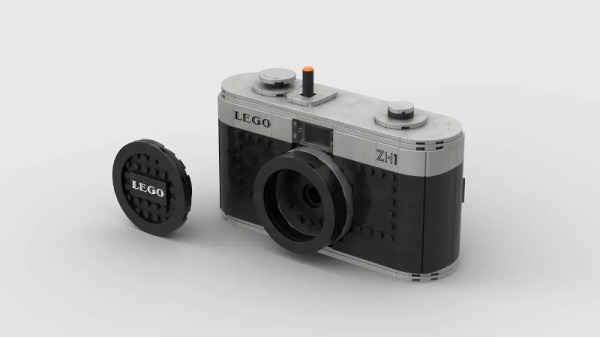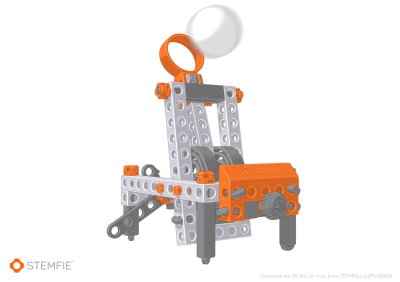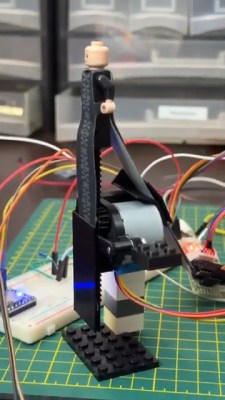When we think of fishing rods, the image brought to mind is one of a tweed-clad fisherman in his waders in a wild salmon stream, his line whipping about as it guides the fly over the surface of the water. Angling is a pursuit with a heritage, and having a lengthy rod seems an essential for its enjoyment. But perhaps your tackle needn’t be such an important factor, and in that spirit here’s [3dcreation] with a tiny but fully functional 3D printed fishing rod.
If you’ve ever seen a fisherman working through a hole in the ice, you may have some idea of the type of rod in question, it’s a stubby affair half handle and half rod, with a rudimentary reel in the middle. In the pictures it’s loaded up with line, weight ready to go, so we can see how it’s supposed to work. We’re not anglers here though, so the question of whether it would indeed work is one for your imagination.
Perhaps surprisingly, few anglers find their way onto these pages. One of the few that has, used a drone.




















